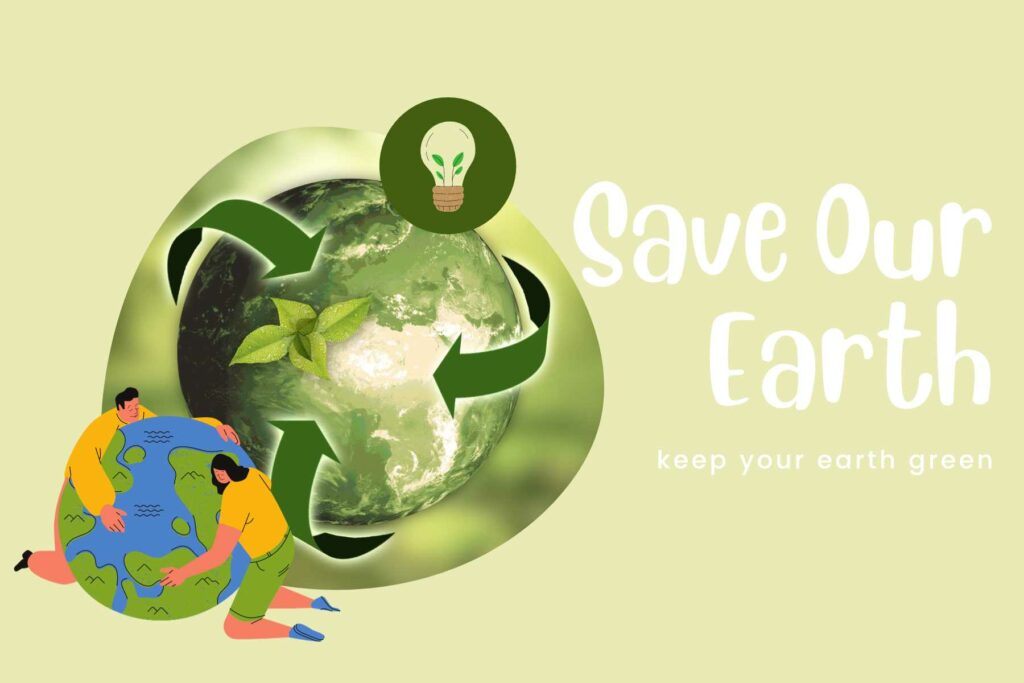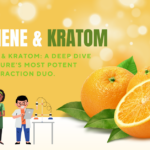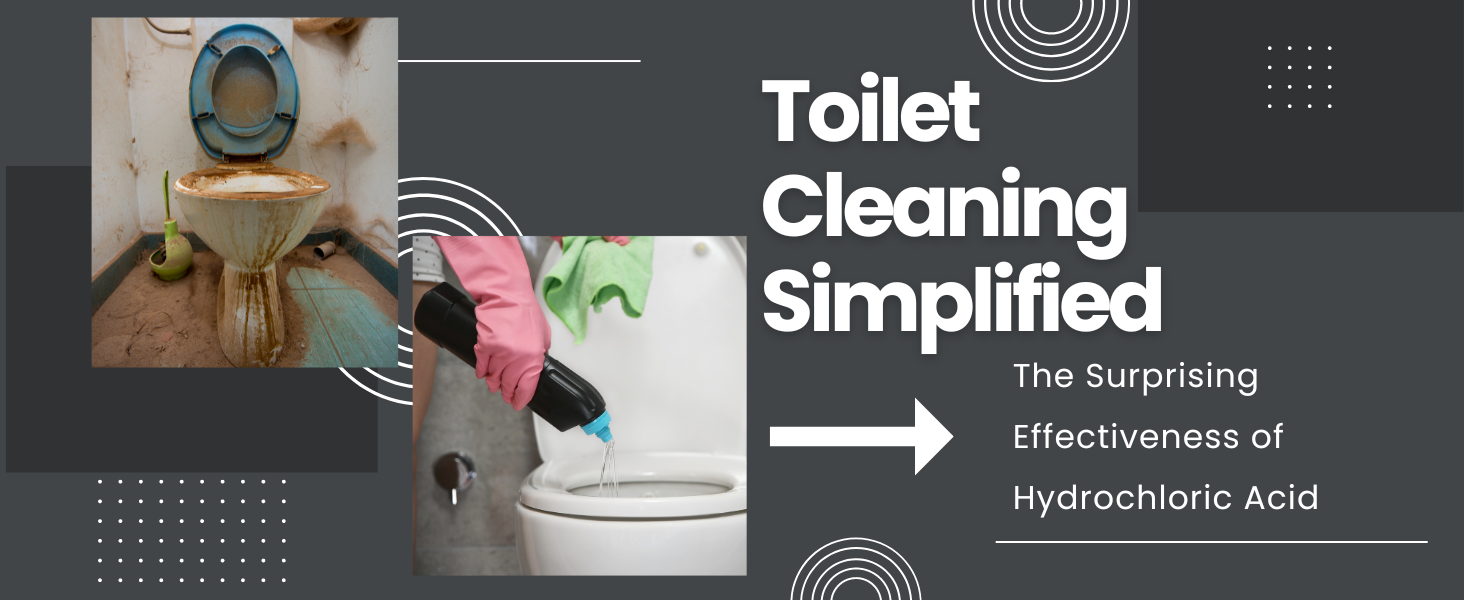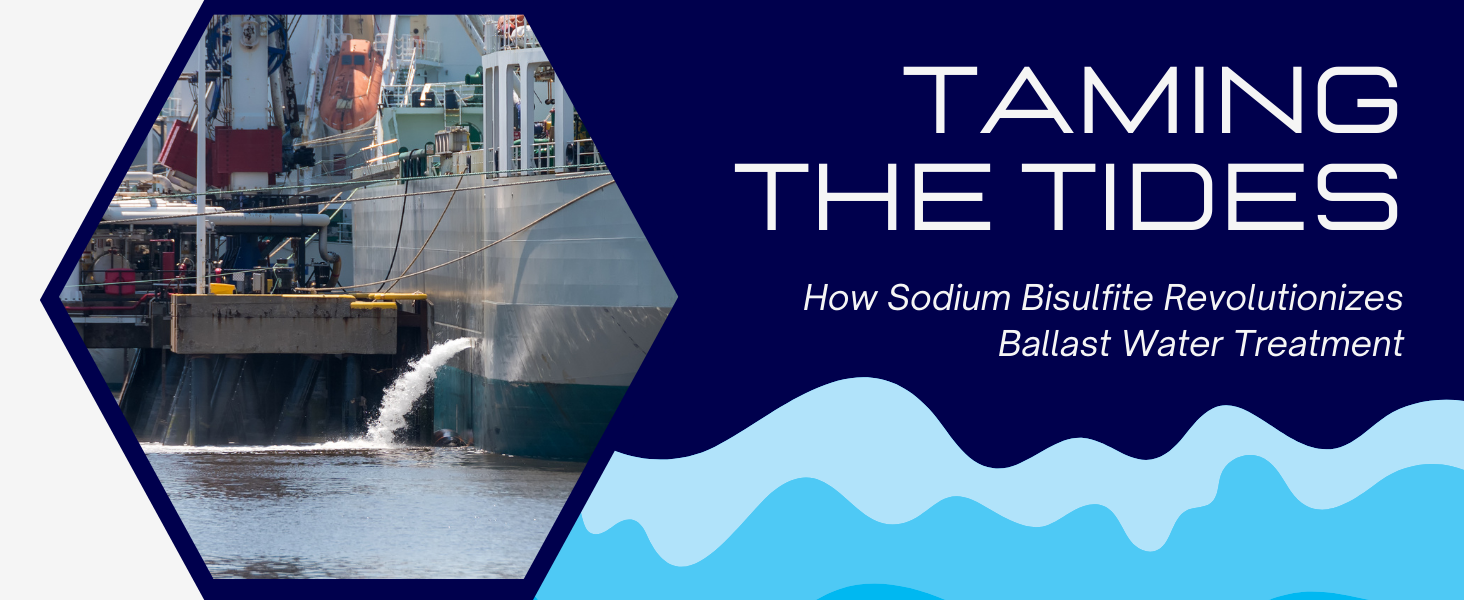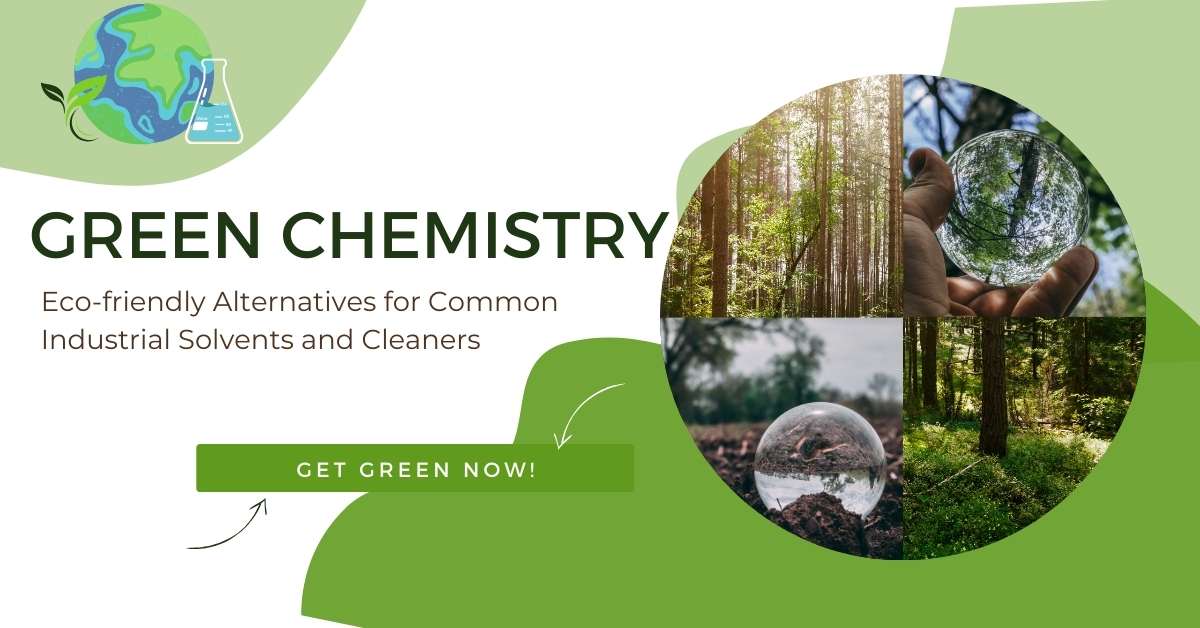
Green Chemistry: Eco-friendly Alternatives for Common Industrial Solvents and Cleaners
The movement toward sustainable practices in the chemical industry has accelerated over the last few years. At the forefront of this movement is the concept of green chemistry, which emphasizes the use of eco-friendly alternatives. Green chemistry is not just about environmental protection; it also pertains to the economic and social benefits. In this article, we’ll explore eco-friendly alternatives for common industrial solvents and cleaners. Furthermore, we’ll highlight some of the sustainable offerings available at Alliance Chemical.
Why Green Chemistry Matters
In traditional manufacturing processes, solvents and cleaners are often used extensively. While they serve a significant role in ensuring product quality and efficacy, they can also pose environmental threats when not managed properly. This is where green chemistry comes into play.
Green chemistry offers a proactive approach, emphasizing the design of products and processes that minimize the use and generation of hazardous substances. The goals include reducing waste, minimizing energy consumption, and using renewable resources.
Eco-friendly Solvents
1. Acetone
Traditionally, acetone has been used in various applications from paint thinning to nail polish removal. But did you know that it’s also an eco-friendly solvent? Acetone is biodegradable and has a low toxicity level.
- Check out Alliance Chemical’s high-quality Acetone ACS grade and Acetone Technical grade for diverse industrial applications.
-
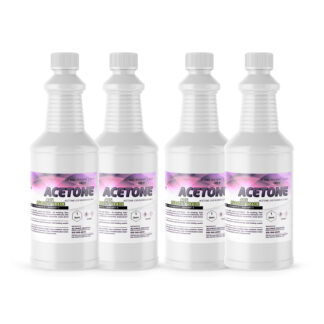 Acetone ACS Grade$36.00 – $4,500.00
Acetone ACS Grade$36.00 – $4,500.00 -
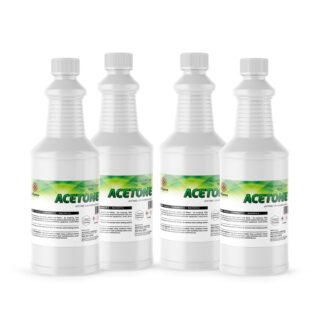 Acetone Technical Grade$30.00 – $3,900.00
Acetone Technical Grade$30.00 – $3,900.00
2. D-Limonene
Derived from citrus peels, D-Limonene is a natural solvent with a pleasant orange scent. It’s an excellent degreaser and can be used in cleaning products.
- For an eco-friendly solvent solution, consider Alliance Chemical’s D-Limonene.
-
 D-Limonene Food Grade$43.00 – $11,800.00
D-Limonene Food Grade$43.00 – $11,800.00
3. Ethyl Acetate
This organic compound is found in wines and fruits like apples. As a solvent, it’s used in nail polish removers, glue, and decaffeinating coffee and tea.
- You can find high-purity Ethyl Acetate ACS grade and Ethyl Acetate at Alliance Chemical.
-
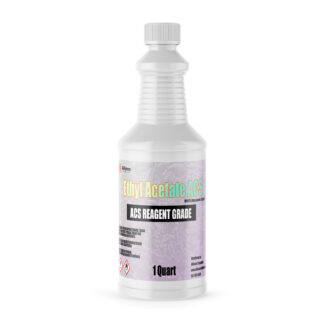 Ethyl Acetate ACS$38.00 – $6,550.00
Ethyl Acetate ACS$38.00 – $6,550.00 -
 Ethyl Acetate$30.00 – $4,200.00
Ethyl Acetate$30.00 – $4,200.00
4. Isopropyl Alcohol
Known for its cleaning properties, Isopropyl Alcohol (IPA) is biodegradable and evaporates quickly, leaving no residue behind.
- Alliance Chemical offers a range of IPA including Isopropyl Alcohol 70%, Isopropyl Alcohol 91%, Isopropyl Alcohol 99.9% ACS, and Isopropyl Alcohol 99%.
-
 Isopropyl Alcohol 99.9% ACS Reagent Grade$22.00 – $3,600.00
Isopropyl Alcohol 99.9% ACS Reagent Grade$22.00 – $3,600.00
Eco-friendly Cleaners
1. Vinegar Solutions
Vinegar, particularly in higher concentrations, is a versatile cleaner. It can act as a disinfectant, deodorizer, and a descaler.
- Explore Alliance Chemical’s range of vinegar solutions, including 10% Vinegar, 30% Vinegar, and 50% Vinegar.
-
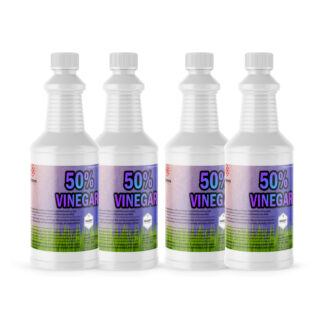 50% Vinegar – Concentrated Industrial Strength$23.00 – $3,600.00
50% Vinegar – Concentrated Industrial Strength$23.00 – $3,600.00 -
 10% Vinegar – Concentrated Industrial Strength$20.00 – $2,800.00
10% Vinegar – Concentrated Industrial Strength$20.00 – $2,800.00 -
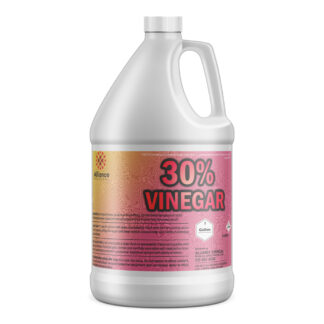 30% Vinegar – Concentrated Industrial Strength$23.00 – $3,200.00
30% Vinegar – Concentrated Industrial Strength$23.00 – $3,200.00
2. Citric Acid Solutions
Citric acid, derived from citrus fruits, is an effective, eco-friendly cleaner. It’s particularly useful for removing hard water stains and is biodegradable.
- Alliance Chemical provides Citric Acid 25% solution, Citric Acid 50% solution, and Citric Acid Monohydrate USP Food Grade suitable for various applications.
-
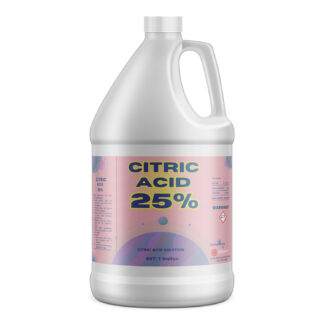 Citric Acid 25% Solution$23.00 – $4,000.00
Citric Acid 25% Solution$23.00 – $4,000.00 -
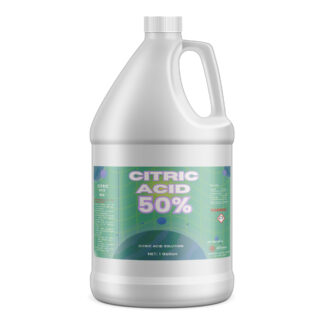 Citric Acid 50% Solution$27.00 – $4,350.00
Citric Acid 50% Solution$27.00 – $4,350.00 -
 Citric Acid Monohydrate – USP Food Grade$19.99 – $5,286.40
Citric Acid Monohydrate – USP Food Grade$19.99 – $5,286.40
The Imperative Shift to Eco-Friendly Chemicals
In the backdrop of escalating global environmental concerns, there’s a pressing need to reconsider our industrial practices. It’s not just about the visible pollution or overflowing landfills; the unseen chemical pollutants in our air, water, and soil have long-term repercussions on the ecosystem and human health.
Why Choose Eco-friendly Over Harmful Chemicals?
.
- Human Health & Safety: Traditional industrial solvents and cleaners can pose significant health risks. Exposure, whether it’s through skin contact or inhalation, can lead to a range of problems from skin irritations to respiratory issues. On the other hand, eco-friendly alternatives are formulated to reduce these risks, making them safer for workers and consumers alike.
- Environmental Preservation: The use of harmful chemicals can lead to persistent pollutants in the environment. These substances can take decades or even centuries to degrade. Switching to eco-friendly options means less toxic runoff into waterways, reduced air pollution, and a decreased carbon footprint.
- Regulatory Compliance: Governments and international bodies are becoming stricter in environmental regulations, pushing industries towards greener practices. Utilizing eco-friendly chemicals can help industries stay ahead of these regulations, avoiding penalties and ensuring uninterrupted operations.
- Economic Incentives: While there might be a misconception that green alternatives are pricier, in the long run, they can be cost-effective. Reduced health claims, fewer regulatory fines, and the potential for tax incentives are just a few economic benefits of switching to eco-friendly chemicals.
- Consumer Demand: Today’s consumers are well-informed and environmentally conscious. They prefer products made with eco-friendly ingredients and processes. Meeting this demand can boost a brand’s image and increase market share.
The Broader Perspective
When we speak of ‘green chemistry,’ it’s not merely a trend but a necessary paradigm shift. It encompasses a holistic approach that starts from the raw material extraction phase, runs through manufacturing and usage, and extends to disposal or recycling.
Products such as Citric Acid and D-Limonene are not only effective in their applications but also play a pivotal role in fostering a sustainable industrial ecosystem.
Understanding the Safety of Eco-friendly Chemicals
A pivotal component of green chemistry is not only the reduction of environmental impact but also the assurance of safety to human health. When considering eco-friendly solvents and cleaners, understanding their components and their effects is paramount. While we at Alliance Chemical pride ourselves on providing high-quality, eco-friendly products, we believe in the importance of informed decisions. Here are some trusted external resources to enhance your understanding of the safety and benefits of green chemicals:
- EPA’s Safer Choice Program: The Environmental Protection Agency offers this program to help consumers and businesses identify products that are both effective and environmentally friendly. A product boasting the Safer Choice label ensures its formula possesses ingredients gentler on health and the environment than conventional counterparts.
- Green Seal: As a non-profit entity, Green Seal offers science-backed programs to guide consumers, purchasers, and companies towards a sustainable future. Apart from a comprehensive list of certified products, they extend valuable resources on sustainable practices and insights.
- EWG’s Guide to Healthy Cleaning: The Environmental Working Group has developed this guide to offer safety ratings on a vast range of household products. If you’re aiming for safer household cleaning commodities, this is an excellent starting point.
- NIH’s Household Products Database: The National Institutes of Health maintains this database, providing an in-depth look into health and safety data on numerous household products. It’s particularly handy for gleaning detailed ingredient specifics and potential risks.
- Yale’s Center for Green Chemistry & Green Engineering: An esteemed institution in the realm of green chemistry, Yale University offers a plethora of resources, including informative articles and research papers that delve deep into the topic.
By directing you to these external resources, our intent is not merely to endorse our offerings but to facilitate an informed choice. A comprehensive understanding of products, especially those you bring into your homes or use in your businesses, is indispensable. We champion the cause of green chemistry and believe that an informed community is the first step towards a sustainable, eco-friendly future.
The Road Ahead
The journey towards a more sustainable industrial landscape is laden with challenges, but it is one that we must undertake. As more research pours into the development of green alternatives, and as more companies like Alliance Chemical champion the cause by offering a wide range of eco-friendly products, the transition becomes more achievable.
To conclude, as industries and consumers alike, our choices dictate the future of our planet. Embracing eco-friendly chemicals over harmful ones is not just a business decision, but an ethical, environmental, and economic imperative.
